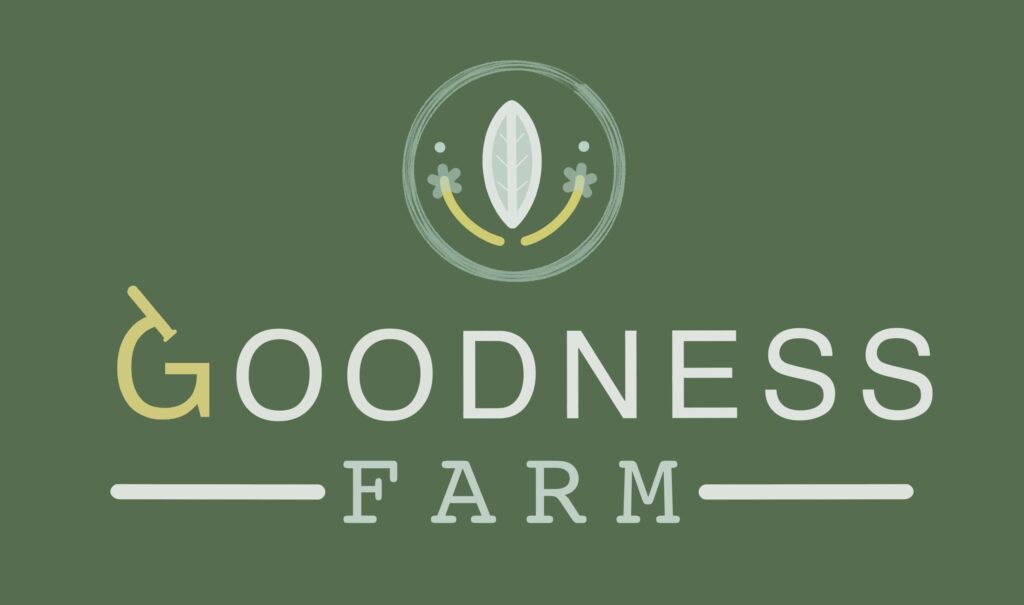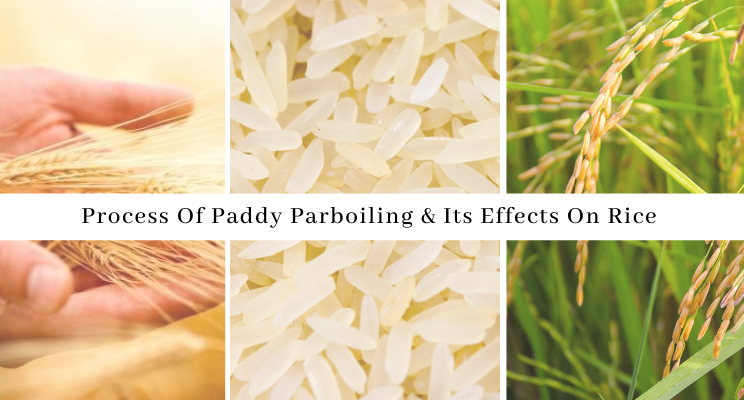Blog
Process of paddy parboiling and it’s effect on Rice..

Varying parboiling processes and degrees of parboiling have different effects on rice qualities. By combining varietal and age differences in rice with different parboiling processes, a wide range of rice attributes and quality can be created.
It’s crucial to have complete awareness of the factors in the parboiling process, as well as their specific impacts on distinct tissues, biochemical contents, and rice grain qualities.
With time, it’s becoming clearer how parboiling changes the state of the starch in rice, how the starch varies with processing conditions, and how these states affect product quality. Protein, fat, and carbohydrates are all affected by parboiling, as are all other constituents.
Before we get to that, let us understand the health benefits of Parboiled Rice.
What are the Health Benefits of Parboiled rice?
- It works wonderfully for Improved Gut Health
Are you worried about your Gut Health?
The starch in parboiled rice functions as a prebiotic, which means it acts as a fertilizer in your stomach, encouraging the growth of beneficial bacteria known as probiotics. Because having the appropriate balance of microbes in your gut can affect everything from your health to your emotions, prebiotic-rich meals can be incredibly beneficial to your general health.
- It helps with blood sugar levels
According to studies, parboiled rice has a lesser influence on blood sugar levels than raw rice.
Coming down to Vitamins, parboiled rice has twice as many micronutrients as raw rice.
What is the Process of Paddy Parboiling?
Parboiling is the process of partially boiling rice when it is still in its husk, or when it is in the form of brown rice, before milling to increase its nutritional value, to change its appearance – the texture of cooked rice, and reduce the breakage in milling.
Before milling, around a fifth of all rice is parboiled. There are several methods for parboiling, which can be divided into three categories.
Traditional Parboiling – which includes steps such as soaking, draining, cooking, and drying.
Low-Moisture Parboiling – which includes partial soaking followed by high-pressure steaming.
Dry-Heat Parboiling – which involves soaking and a conduction heating/drying process.
Here’s how the process for parboiling goes – The raw paddy is transported into the steeping vessels from an overhead surge bin, which is filled with hot water at 80–85 °C. The water is cycled for 15 minutes before being kept at 65°C for 4–5 hours before being drained. The paddy is then steamed for 10–20 minutes in the built-in steam coils before being transported to the driers via belt conveyors.

What is the effect on the Nutritional Content Of the Rice when Parboiling?
Before cooking, parboiled rice appears glassy, translucent, and amber in color, in contrast to raw rice. It becomes firmer, fluffier, and less sticky after cooking.Even though parboiling reduces the thiamine level of brown rice, milled parboiled rice has more thiamine than milled raw rice. Not only that, if parboiling and subsequent drying are done properly, head rice production can be enhanced to near-maximum levels.
During parboiling, the starch gelatinizes, and during cooling, the amylase molecules re-acquaint themselves with one another and create a closely packed structure. The parboiling technique makes the kernels tougher and more glassy.
The parboiling procedure transports micronutrients from the bran to the endosperm.
Balbinoti, T.C.V., Nicolin, D.J., de Matos Jorge, L.M. et al. Parboiled Rice and Parboiling Process. Food Eng Rev 10, 165–185 (2018). https://doi.org/10.1007/s12393-018-9177-y
As a result, parboiled rice is more nutritious.
Goodness Farm
MJ, PhD

